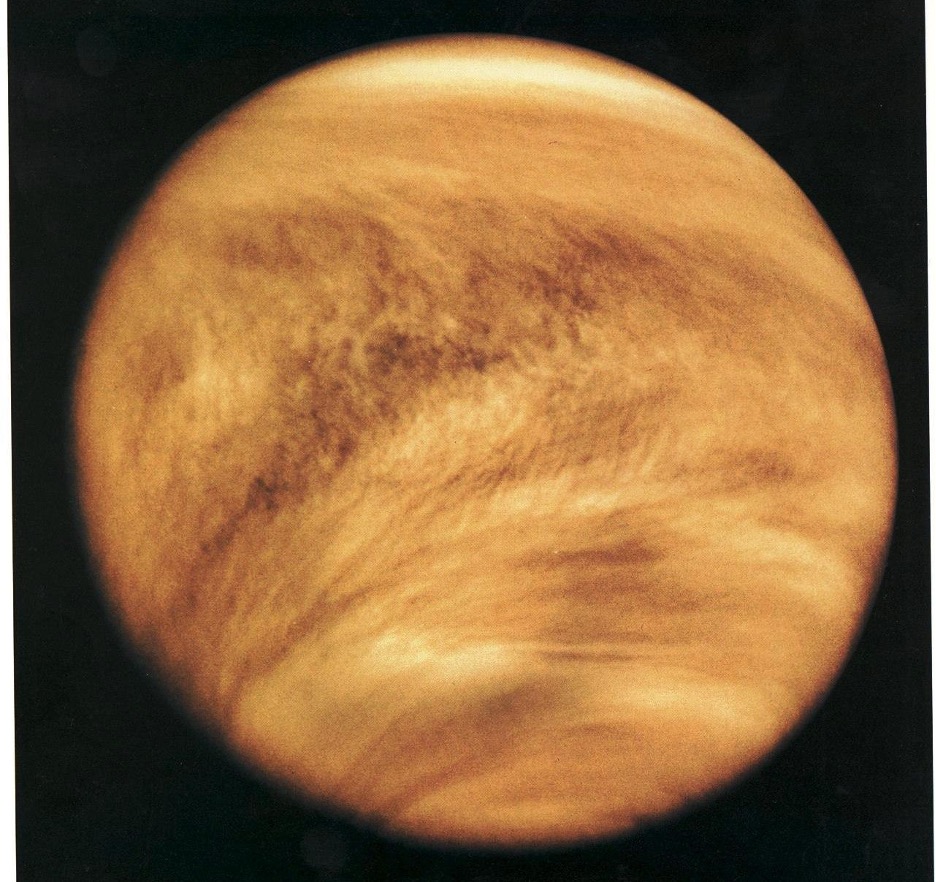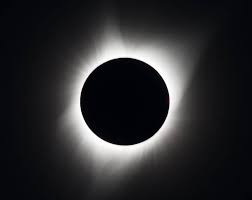Venusian Clouds Mystery May Be Solved
10th Jan 2024
The colour inconsistencies and splotches observed in the UV range of Venusian clouds may have finally been explained.
Scientists have known for a long time that the clouds of Venus are made from sulphuric acid droplets as well as smaller amounts of water, chlorine, and iron. But what has not been properly understood is why there are patches and streaks that are visible in the UV range.
Mysterious component in the clouds of Venus
A new study by researchers from the University of Cambridge was able to synthesise iron-bearing sulphate minerals which stay stable under harsh conditions such as those in the Venusian clouds. Analysis then showed that a combination of rhomboclase and acid ferric sulphate may be able to explain the UV inconsistencies and absorption.
“The only available data for the composition of the clouds were collected by probes and revealed strange properties of the clouds that so far we have been unable to fully explain,” said DR. Paul Rimmer from the Cavendish Laboratory. “In particular, when examined under UV light, the Venusian clouds featured a specific UV absorption pattern. What elements, compounds, or minerals are responsible for such observation?”
Venusian Clouds in the lab
Researchers synthesized several iron-bearing sulphate minerals in an aqueous geochemistry laboratory in the Department of Earth Sciences. They were able to suspend those materials in varying concentrations of sulphuric acid and then observe changes, narrowing down the materials causing the UV mystery to acid ferric sulphate and rhomboclase. The spectroscopic features were examined under light sources that were designed to mimic solar flares exactly.
The research was collaborated in a Harvard photochemistry lab, providing measurements of UV absorbance patterns of ferric iron under acidic conditions. This was a way to try to simulate the extremities of the Venusian clouds.
“The patterns and level of absorption shown by the combination of these two mineral phases are consistent with the dark UV-patches observed in Venusian clouds,” said Clancy Zhijian Jiang of Cambridge. “These targeted experiments revealed the intricate chemical network within the atmosphere, and shed light on the elemental cycling on the Venusian surface.”
In many ways, the history of Venus has remained something of a mystery. Cambridge’s Dr. Paul Rimmer explained: “Venus is our nearest neighbour, but it remains a mystery. We will have a chance to learn much more about this planet in the coming years with future NASA and ESA missions set to explore its atmosphere, clouds and surface. This study prepares the grounds for these future explorations.”
Our perception that the planet is a barren world of fire might not be totally accurate, either. As well as unveiling information on the clouds of Venus, there are now studies suggesting that Venus may have had plate tectonics in the past, which suggests many interesting possibilities regarding the history of the solar system, and even potential early life on Venus.
![Beauty of the Pink Moon And Lyrid Meteor Shower in This Week’s Best Astrophotos [19-26 April] Beauty of the Pink Moon And Lyrid Meteor Shower in This Week’s Best Astrophotos [19-26 April]](https://orbitaltoday.com/wp-content/uploads/2024/04/Pink-Moon-is-on-its-way-above-the-mountains-1-300x300.jpg)





Thank you for your comment! It will be visible on the site after moderation.